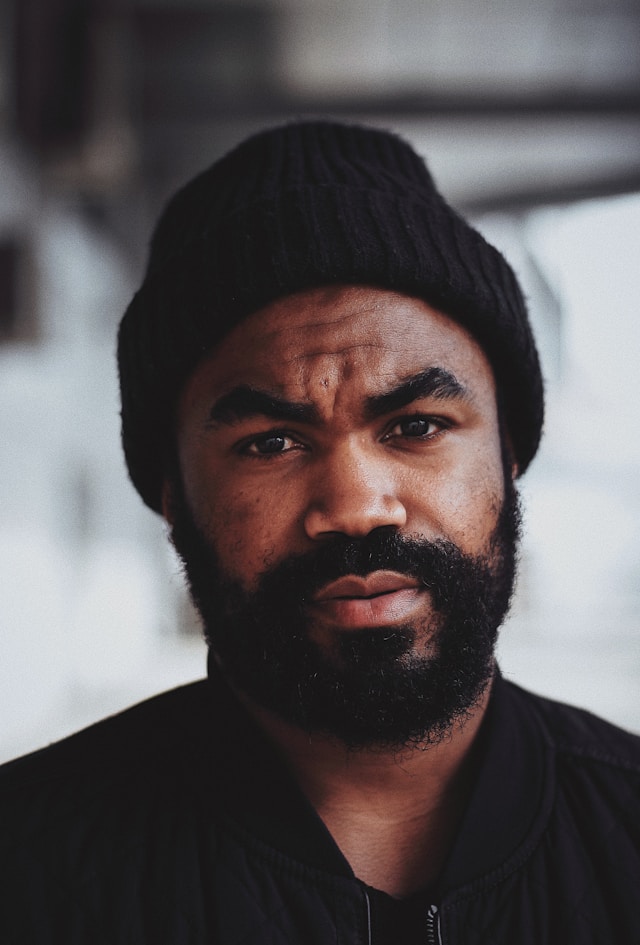The Nest Ending Explained
TL;DR:
The Nest (2020), directed by Sean Durkin, is a psychological drama about a family unraveling under the weight of ambition and deception. The ending sees Rory (Jude Law) and Allison (Carrie Coon) realizing their gilded life in England is collapsing as financial and emotional tensions reach a breaking point. In the final scene, Allison rides a horse violently, symbolizing her pent-up rage and liberation, while Rory watches helplessly, underscoring their fractured marriage. The film concludes ambiguously, leaving their future uncertain but suggesting their American dream was always a fragile illusion.
Detailed Explanation of the Ending
The climax of The Nest is a slow-burning implosion of Rory and Allison's carefully constructed façade. Rory, a scheming entrepreneur, moves his family from the U.S. to England under the pretense of securing a lucrative deal, but his lies and financial recklessness leave them drowning in debt. Allison, once complicit in Rory's ambitions, reaches her breaking point. The final act strips away any remaining illusions - Rory's business deal collapses, their children are alienated, and their marriage disintegrates. The haunting final sequence, where Allison rides a horse with frenzied aggression, serves as a metaphor for her suppressed fury and desire to break free from Rory's control.
Symbolism of the Horse Scene
The horse, a recurring motif in the film, represents Allison's stifled independence. Earlier, she bonds with a horse named Richmond, symbolizing her yearning for stability and authenticity. In the finale, her chaotic, almost violent ride contrasts sharply with Rory's frozen, defeated gaze. This moment suggests she is reclaiming her agency, even if it means destroying what remains of their marriage. The horse's wild energy mirrors Allison's inner turmoil-she can no longer contain her resentment toward Rory's empty promises. The scene's ambiguity leaves it open to interpretation: Is this her liberation, or a temporary outburst before resignation?
Rory's Downfall and Self-Deception
Rory's arc culminates in a humiliating confrontation with reality. His British colleagues abandon him, his family despises him, and his grand plans are exposed as hollow. The final shots of Rory-alone in their empty, opulent mansion-highlight his isolation. His downfall isn't just financial; it's existential. The film implies Rory's entire identity was a performance, and without wealth or status, he has nothing left. His final plea to Allison (“We'll figure it out”) rings hollow, underscoring his delusion. The mansion, a symbol of his aspirational greed, becomes a tomb for their failed dreams.
Unresolved Questions & Possible Answers
Do Rory and Allison stay together?
- Possible Answer: Unlikely. Allison's ride suggests she's emotionally severed from him.
- Alternative: They might reconcile out of necessity, trapped in a toxic cycle.
What happens to their children?
- Possible Answer: The son's rebellion and daughter's detachment hint they'll distance themselves.
- Alternative: They could follow Rory's pattern of chasing false stability.
Is there any hope for Allison?
- Possible Answer: Her ride symbolizes a rebirth, but her future is uncertain.
- Alternative: She may revert to dependency, lacking the means to start anew.
Personal Opinion
The Nest is a masterclass in slow-burning tension, with Law and Coon delivering powerhouse performances. The ending is deliberately unsatisfying-there's no neat resolution, which mirrors the characters' spiraling dysfunction. I admire how Durkin refuses to offer redemption, instead highlighting the cost of blind ambition. The horse scene is visceral and unforgettable, a perfect encapsulation of Allison's rage. However, the film's glacial pacing may frustrate some viewers. Ultimately, it's a bleak but brilliant critique of capitalism and familial disintegration, leaving you haunted by its silence.
